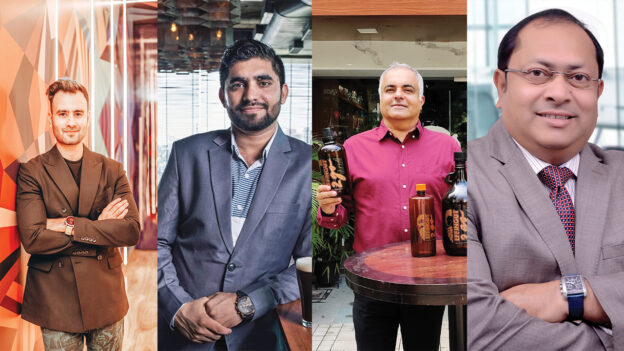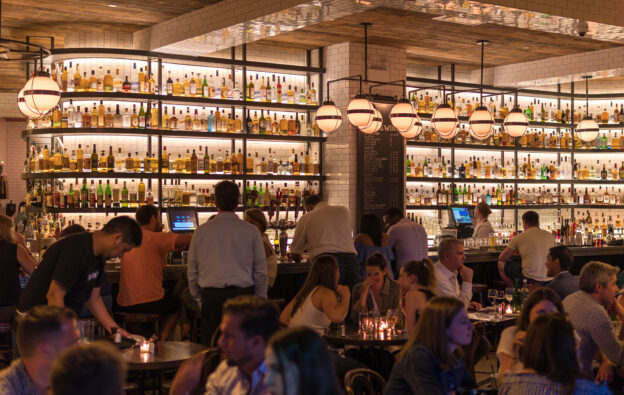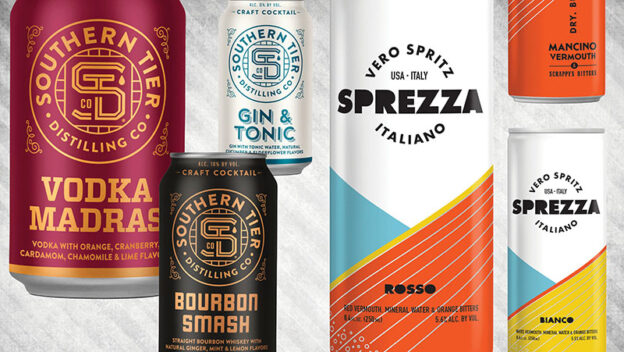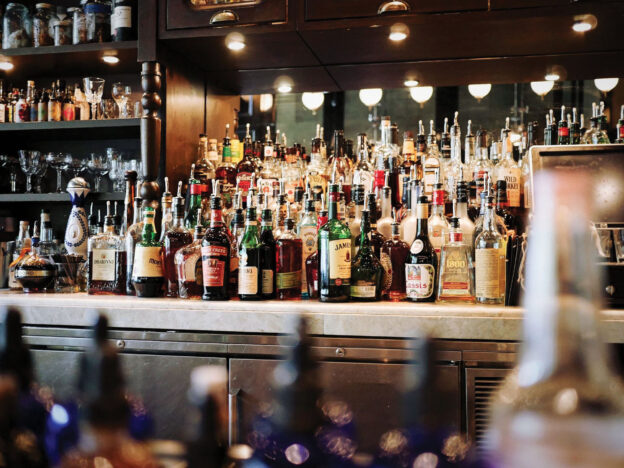Recent years have seen the rise of craft beer, a new crop of premium beer produced in small batches by independent producers. There are now strong indications that the growing demand for craft beer is paving the way for new microbreweries in India.
The beer industry in India has emerged in the last two decades to become a thriving money spinner today. Just a few decades ago, it wasn’t commonplace to find modern bars, restobars, lounges, and even friends sitting over a few beers. Today, there’s a new culture of brewing in India, even among millennials and Gen Zs, and beer has become trendy. As of 2022, the beer market was valued at 383.6 billion, growing at a CAGR of 8.1%, and expected to reach 622.4 billion by 2028.
Recent years have also seen the rise of craft beer, a new crop of premium beer produced in small batches by independent producers, with an emphasis on new and evolving flavours, enthusiasm, and techniques. There are now strong indications that the growing demand for craft beer is paving the way for microbreweries in India. Some industry players believe this is only the start of a journey that can transform the beer scene much more significantly.
Craft beer flexibility and a burgeoning segment
There’s a growing crop of craft beer producers and brands in India who seem determined to take over the beer market with what they call a breath of fresh air. “Being true to style and ingredients, the experience that craft beer provides in terms of flavour, aroma and array of styles has led to the growth of craft beer the world over. We often say that once one has tasted true craft, he’ll never go back to industrial lager, especially if craft is available within reach.
“This is the reason that the world and, indeed, India are seeing the growth of microbreweries. Industrial lager literally offers one-style-fits-all products, whereas craft gives the choice back to the consumer for its preferred taste profile and styles,” said Upesh Gulati, Founder, Strategist, and Master Brewer, Effingut Breweries Pvt Ltd.
Over the years, Effingut has taken pride in introducing patrons to various different styles from around the world. With 16 different craft beers on tap, there is a flavour for each and every patron to enjoy. As of today, Effingut has a pan-India presence with three different verticals across four cities that cater to any kind of patron. This includes the Effingut 2 Go boutique stores, Effingut Bistros, and The Effingut Brewpubs and Taprooms.
Rather than release large batches of single-flavour, often mundane beers, microbreweries offer a variety of tastes and flavours based on the changing preferences of consumers and innovativeness of producers. As more adventurous beer enthusiasts emerge, craft beer makers have to continually innovate and expand to meet growing demands. According to Dr. Nishant Grover, Brew Master at Hotel The Royal Plaza, craft beer has quickly become a trend in India.
“There are several factors responsible for the growth of microbreweries in India. First is the shifting consumer tastes and the desire for distinctive and expensive beverages, as well as the fact that they are becoming more daring and discriminatory in their taste preferences. Second, increasing disposable income has also contributed to the growth of microbreweries, and lastly, we must acknowledge the encouraging government policies that are making microbreweries like our own The Royal Brewery Bistro to thrive,” he says.
Creating richer experiences with richer flavours
Microbreweries like The Royal Brewery Bistro are also being fostered by the craze for the culture by both local and international tourists and beer enthusiasts. This contributes to the overall tourism sector in India. Beyond that, the most important changes are the ones seen in the lives of budding beer drinkers in India. Younger Indians are becoming adventurous and seek out newer tastes each new day.
“After a long hectic day at work, people would stop by a bar to relax with a mug of their favourite beer in hand. But now with changing demographics, millennials and Gen Zs, people’s taste for beer is also undergoing a shift. They are looking for something different to explore and experiment including their consumption of alcoholic beverages. It was only 20 years ago that the first breweries opened in the industrial city of Gurugram. Today, there are microbreweries spurring across the country. Well-known internationally trained brewers are brewing international quality beer recipes in new-world pubs and bars across the country. As the best quality raw material is available with ease, production becomes less hassle, this is why craft beer availability is spreading across the country. Multiple yearly events on brewing and brewing equipment have also propelled information sharing and technical know-how for the industry,” explains Sandeep Singh Katiyar, CEO of The Finch, one of the finest premium luxury lounges in India, known for its extensive range of freshly brewed craft beer.
Breaking the odds, surging ahead
There’s still a long way to go. The craft beer culture may be growing in popularity, but it is still relatively young in India. Brewing has certainly become easier because quality ingredients are easier to come by and the manufacturing process has been simplified. However, there’s a long path ahead, and it is rough and rocky. There’s need for both the central and state governments to support the segment and its operators for them to thrive even better and ensure the growth is smooth.
As Katiyar of The Finch puts it, “The new brewery policies in Haryana, Karnataka, Maharashtra, Andhra Pradesh, Karnataka, Rajasthan, and Uttar Pradesh have helped craft beer businesses scale to new heights. However, craft beer and microbreweries yet have a long path to cover and have plenty of hindrances to cross in the upcoming years. The industry requires care, support, and nurture from the state and central governments. With the government’s support, the smooth growth of microbreweries can be ensured.”
The idea of authenticity loved by millennials is what is spurring the growth in the industry, and there’s need to support the over 200 microbreweries in India to succeed, while also ensuring new ones emerge, especially in far-flung cities and towns where they’re currently non-existent.
“It’s no secret millennials live life differently. Things no longer matter. Experiences do. Indeed, the potential rise of craft beer has paved way for many microbreweries in India. Millennials are clearly choosing experiences over things, fuelling the homecoming of microbreweries. They now know that there is much to the world of beer than just the dull and mass-produced bottled hard liquor. With hints of chocolate or sweet caramel, floral hops or fruity notes, rich coffee undercurrents and more – the options are tempting and endless. Today, India is now growing its own craft culture one sip at a time, and it will get even better in the future,” notes Anirudh Khanna Managing Director, Independence Brewing Company.






